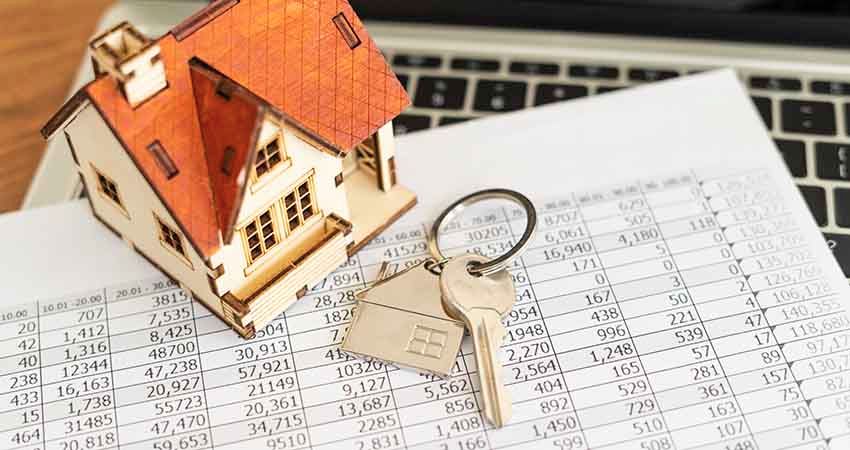Buy-to-Let Mortgage
Feb 01, 2023 By Triston Martin
If you want to purchase a house to rent out to tenants but need more finances to buy it outright, you may get the financing you need via buy-to-let mortgages created to meet this demand. If you want to acquire your rental property and reap the financial benefits of being a landlord, you must understand how a buy-to-let mortgage works. Only then will you be able to get the funds you need to make money successfully.
This article will explain what a buy-to-let mortgage is, as well as anything else you need to know about mortgages for buy-to-let homes, in the hopes of assisting you in gaining a better understanding.
The Inner Workings Of Buy-To-Let Mortgages
The mortgage you may acquire for a buy-to-let property is, in many respects, comparable to the mortgage you can get for your primary residence. Therefore, if you have a higher deposit or greater equity, you will often have a better chance of obtaining the best prices. Although you will be required to make monthly repayments, some lenders may still consider your application for a buy-to-let mortgage on the assumption that the revenue you get from renting out the property would cover these costs.
The primary distinction is that buy-to-let mortgages typically consist of interest-only loans rather than mortgages that need monthly payments. This indicates that your repayments only go toward covering the interest on your mortgage and not the principal amount of the loan - the latter is something you will be responsible for repaying once the term of your mortgage comes to an end. You may already have enough cash on hand to pay back what you owe in full; if not, you may try selling the house or getting a new mortgage to make up the difference in what you owe. You should think about the possibility that the property's value could go down in the future, which would imply that you might end up owing more money on the mortgage than the house is worth when you want to sell it or refinance it.
Do I Need A Buy-To-Let Mortgage?
If you want to purchase a house to rent out but need a mortgage, a lender will almost always insist that you get a "buy-to-let" mortgage instead of a traditional one. Mortgages for investment properties, often known as buy-to-let mortgages, are subject to distinct and sometimes more stringent lending standards than residential mortgages.

You can be eligible for a residential mortgage on a home you rent out if a lender has granted you temporary permission to lease the property because you are having difficulty selling a property in which you have previously resided. The provision of consent to let often results in the payment of a fee or an increase in the interest rate, and in certain instances, both.
Who Can Get A Buy-To-Let Mortgage?
Buy-to-let mortgages are accessible to both new and current landlords; however, the terms and conditions of these loans will often differ from one lender to the next. In most cases, you will be required of you to satisfy the qualifying requirements listed below:
- Obtain a yearly income of at least £25,000.
- You'll need a deposit of between 25 and 40 percent (depending on the promotion, it may be as low as 20 percent).
- You should own your house entirely or be halfway through paying down your mortgage.
- You must be at least 21 years old to apply (some may be as low as 18)
- You must be younger than a specific age when you submit your application to ensure that you won't be older than the maximum age allowed (often 70 or 75) when the term of your mortgage is over.
- Have a credit score that is above average.
- Have your existing debt under control.
- Be sure that your current financial situation is stable enough to enable you to take the necessary risks to invest in real estate.
How Much Can I Borrow Using A Buy-To-Let Mortgage?

Lenders choose the amount of money they are prepared to offer you based on the rental revenue they anticipate your buy-to-let property will generate. Your expected rental income must, at the very least, be sufficient to cover the monthly mortgage repayments plus an additional sum equal to or more than 25%. Lenders will determine the maximum amount of money you can borrow based on the above characteristics. Certain lenders may require that this supplementary coverage be as high as 45% of the property's value to guarantee that you are in a position to pay for a buy-to-let property.








